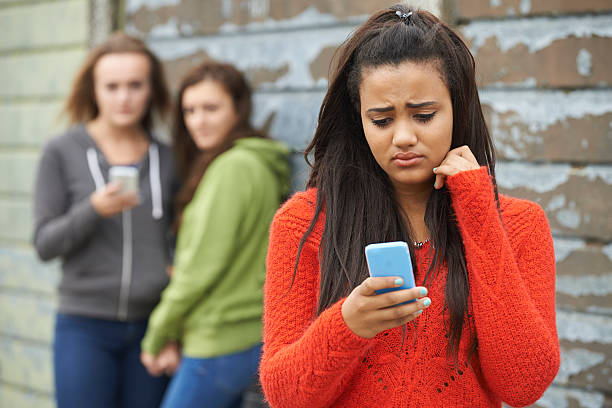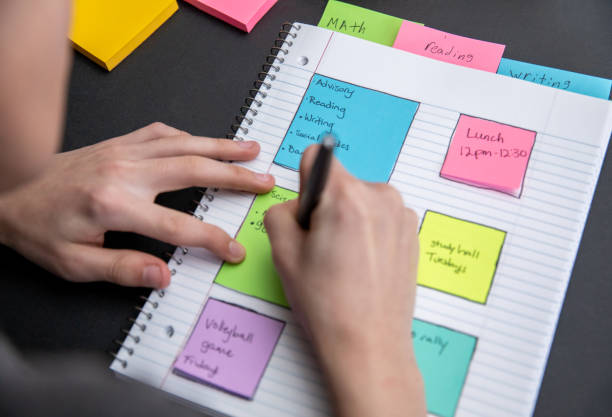
AI Can’t Replace Artists & Here’s Why
Posted August 23, 2023, 9:15 am by
It’s all over the news. The pundits ask: Will artificial intelligence replace artists?
With the release of programs such as ChatGPT and Midjourney, it seems everyone is talking about artificial intelligence (AI). There are two main ideas up for debate:
- AI is changing everything, and you should learn it right now!
- AI will destroy humanity, and we should get rid of it right now.
As the Dean of a multidisciplinary school of the arts and design, I have paid close attention when these discussions involve the arts, especially amid suggestions that AI programs will replace creators with programmers or prompt engineers. Influencers are promoting this theory online, but it’s not the whole story.
Despite some dire predictions, I don’t believe emerging artists and other creatives should worry that an AI program will replace them. Remember: artists and art schools have been using AI and algorithmic tools for a while. According to University World News, AI remains prevalent in art schools. Here at York University, we have faculty specializing in AI and art. The University also received more than $100m for a research program focused on the ethical development and use of emerging technologies.
AI is a tool for artists, not the competition
Our philosophy is that artists and designers should not fear but learn as much as possible about these tools. Emerging creatives should engage and experiment with new techniques because current processes will change and perhaps even improve. It is likely that some elements of the creative process may become automated. However, it may also be true that the skills we teach and learn in the arts will become even more valuable.
If you have used ChatGPT or Midjourney, you will have noticed how quickly these programs can synthesize large amounts of data into everything from convincing imitations of famous painters to dogs in spaceships. With correct prompting, AI programs can write convincing letters, explain physics in the approximations of Shakespeare, and create convincing video simulations of people who have never existed.
What these programs cannot do is sew sequins on a homemade costume, dance in the park, or imagine something we've never seen. These programs are masterful at combining and recombining existing digital data, and they are excellent tools for artists’ pre-visualization work. It is fun to test the limits of one’s imagination in these environments, although rather quickly the works all begin to look similar.
This doesn’t mean that you cannot create great art with AI. The artist, Refik Anadol utilizes AI to create immersive exhibits and artworks. His vision, scale, and the meaning behind his works distinguish them from other forms of digital art. It is both the imagination and integration of new elements and the craft of creation that are still exclusively in the domain of human artists.
As the tools of digital creation become increasingly commonplace, artists will distinguish themselves through the material craft and manual skills that are becoming rarer and thus more valuable. The techniques of art-making are always changing, but the fundamentals of pictorial representation, sound and storytelling have remained mostly constant. Each new innovation – including graphite pencils, photography, word processors, cinema, and algorithms -- changes the techniques of creation. But at the core, creativity is a fundamentally human act.
I look forward to what a new generation of artists - equally skilled in digital and traditional techniques and practices - will do. I believe no AI program is ever a replacement for each student who makes our collective creativity possible.
Blog Categories
- Career Advice
- College Admissions
- Colleges & Universities
- Financial Aid and Scholarships
- For Counselors
- For Parents
- For Students
- Gap Years
- Mental Health and Wellness
- Online Learning
- Performing and Visual Arts
- STEM Majors and More
- Summer Programs
- Teen Volunteering
- Trade & Vocational Schools
- Tutoring & Test Prep

Organization with listings on TeenLife? Login here
Register for Free
We’re here to help you find teen-centered academic and enrichment opportunities that you never knew existed. By creating an account, you will be able to save your favorites, request information via pre-populated contact forms, and submit reviews. We will also be able to tailor our communications to your stated interests and preferences.
Forgot Password
"*" indicates required fields








